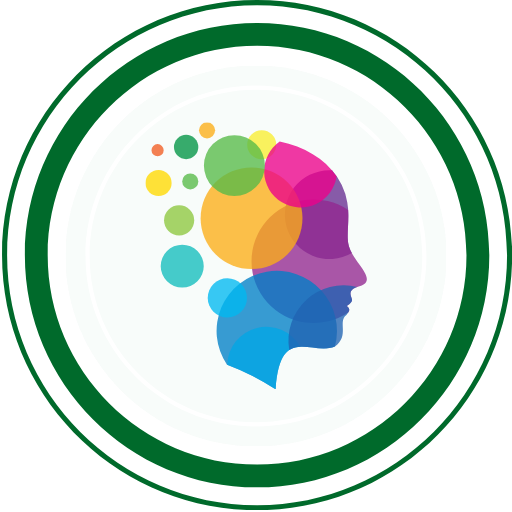
Introduction: Are You Ready for the Ultimate QA Litmus Test?
Imagine you’ve baked a cake, and it looks perfect. But does it taste as good as it looks? Acceptance testing is the taste test of the software world—the final step to ensure your application delights the users. It’s where developers, testers, and stakeholders unite to validate if the software meets all requirements, both functional and non-functional.
Let’s explore acceptance testing in detail, including its purpose, types, benefits, real-world examples, and best practices. Whether you’re a QA newbie or a seasoned tester, this post has something for everyone.
What is Acceptance Testing?
Acceptance Testing is a level of software testing. It evaluates the system for compliance with business requirements. It also checks readiness for deployment. It ensures that the software is not just functional but also usable and valuable for the end users.
Key Objectives:
- Verify that the system meets user requirements.
- Validate that the software is ready for production.
- Gain formal approval from stakeholders.
The Core Players:
- Developers: Ensure the code is functional.
- Testers: Validate functionalities and user experience.
- Stakeholders: Provide final approval.
Types of Acceptance Testing
1. User Acceptance Testing (UAT):
Performed by the end users to validate real-world usability.
| Key Focus | Example |
|---|---|
| Functional Validation | A banking app’s fund transfer feature works flawlessly. |
| Usability Testing | Navigation is intuitive for non-tech-savvy users. |
2. Business Acceptance Testing (BAT):
Ensures the software aligns with business goals and processes.
| Key Focus | Example |
| Compliance Testing | The app complies with GDPR. |
| Business Logic Validation | Discounts are applied correctly. |
3. Contract Acceptance Testing (CAT):
Validates whether the software meets contractual obligations.
| Key Focus | Example |
| SLA Compliance | Response times within 2 seconds. |
| Feature Delivery | All promised features are included. |
4. Operational Acceptance Testing (OAT):
Checks operational readiness, focusing on backup, security, and scalability.
| Key Focus | Example |
| Backup Procedures | Data recovery works seamlessly. |
| Load Testing | Handles 10,000 concurrent users. |
Importance of Acceptance Testing
| Aspect | Why It Matters |
| User Satisfaction | Ensures a delightful user experience. |
| Risk Mitigation | Identifies critical issues before deployment. |
| Stakeholder Approval | Gains confidence and trust from decision-makers. |
| Business Success | Aligns software with business goals and regulatory needs. |
Real-World Example of Acceptance Testing
Let’s take the example of an e-commerce app rollout:
- UAT: End users test shopping cart functionality, checking if orders are placed correctly.
- BAT: Business analysts ensure that tax calculations align with regional laws.
- CAT: Verify that the SLA guarantees of 99.9% uptime are met.
- OAT: IT teams ensure smooth integration with payment gateways and scalability for high traffic during sales.
Best Practices for Effective Acceptance Testing
- Collaborate Early: Involve stakeholders from the beginning to define clear requirements.
- Use Realistic Scenarios: Test with real-world data to simulate actual user behavior.
- Create a Checklist: Ensure all business-critical functionalities are covered.
- Automate Where Possible: Automate repetitive tasks like regression testing.
- Document Everything: Maintain detailed test cases and results for future reference.
Challenges in Acceptance Testing
| Challenge | Solution |
| Ambiguous Requirements | Clarify expectations early with stakeholders. |
| Limited Stakeholder Availability | Schedule dedicated testing sessions. |
| Data Privacy Concerns | Use anonymized or synthetic test data. |
Conclusion: The Final Stamp of Approval
Acceptance testing is not just another checkbox in the software development lifecycle. It’s the ultimate assurance that your software meets expectations. It also delivers value. By thoroughly planning and executing acceptance tests, you can minimize risks, delight users, and achieve business success.
The next time you’re tempted to skip acceptance testing, pause for a moment. Think about it this way—you wouldn’t serve a cake without tasting it first, would you?
FAQs
1. Who performs acceptance testing?
Acceptance testing is typically performed by end users, business analysts, or stakeholders.
2. What tools are used in acceptance testing?
Common tools include Selenium, TestRail, and Jira for test management and automation.
3. Is acceptance testing manual or automated?
It’s a mix. UAT is often manual, while OAT can include automation.
4. When should acceptance testing be performed?
It’s conducted after system testing and before production deployment.
5. How does acceptance testing differ from system testing?
System testing validates technical aspects, while acceptance testing ensures business and user needs are met.
QABash Nexus—Subscribe before It’s too late!
Monthly Drop- Unreleased resources, pro career moves, and community exclusives.
